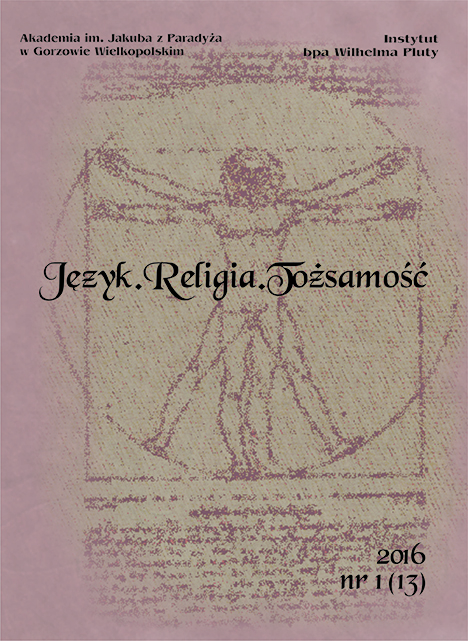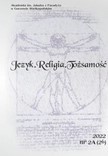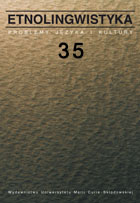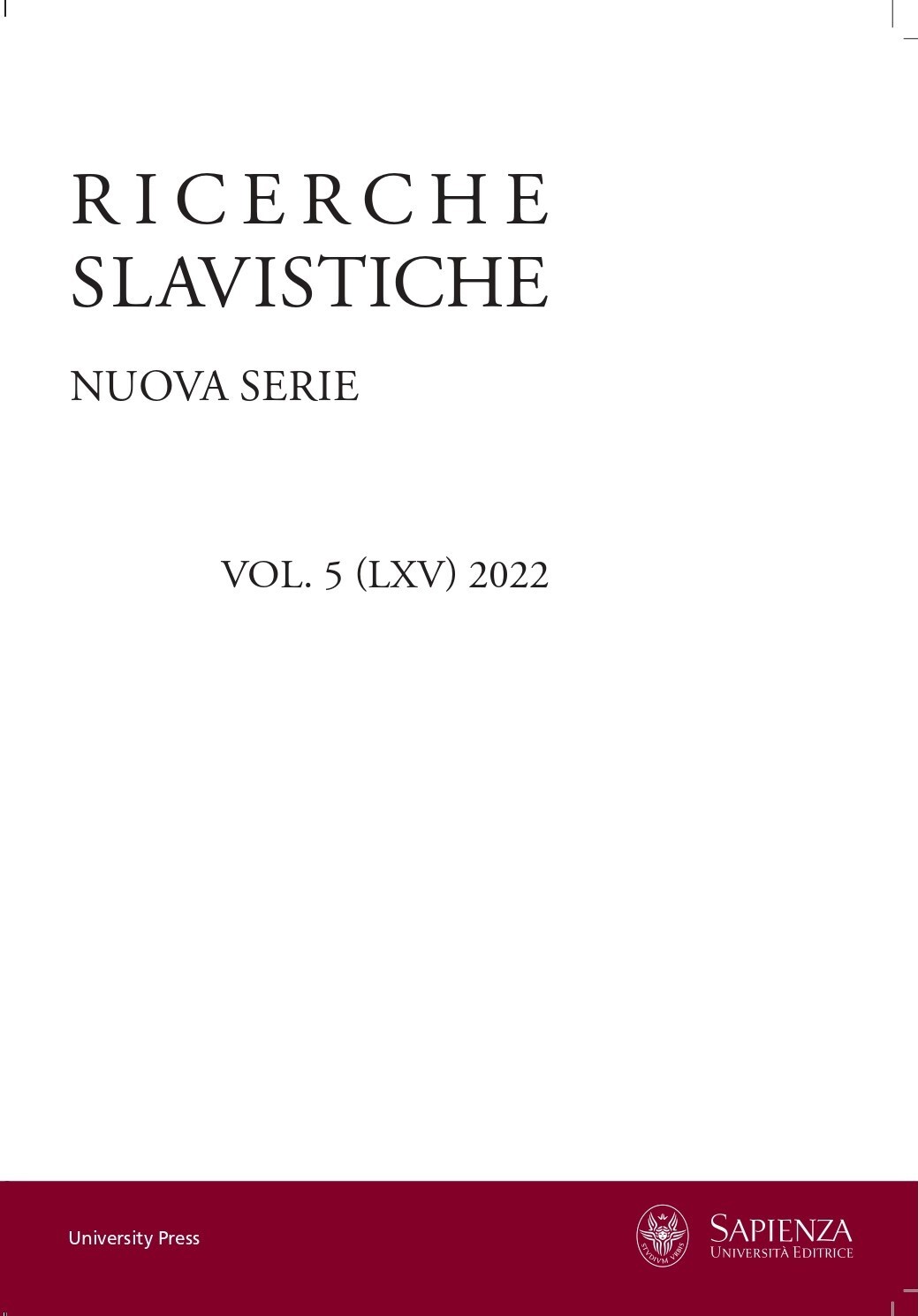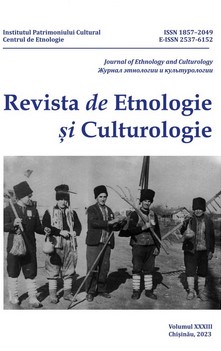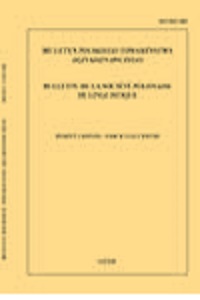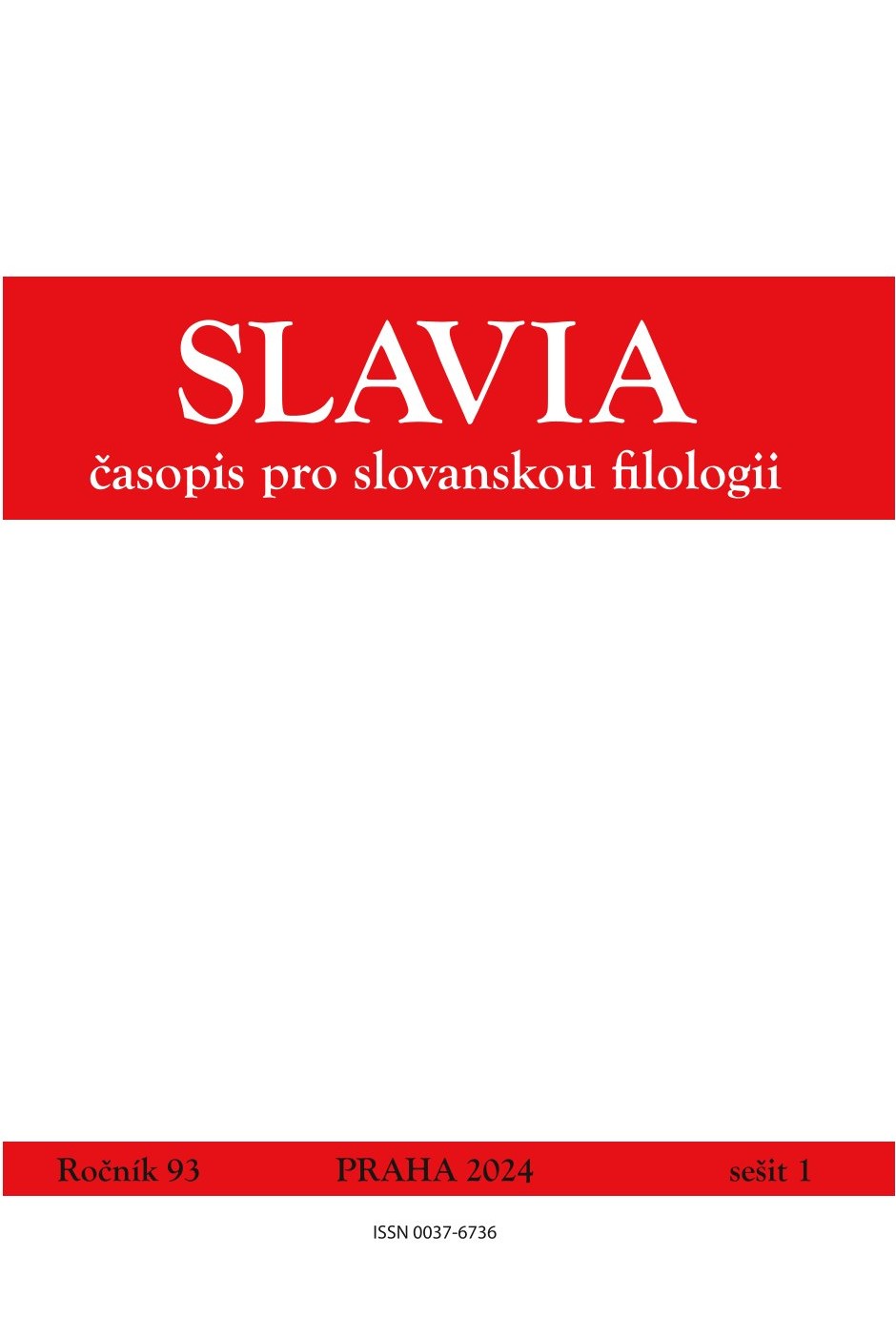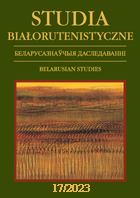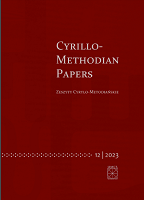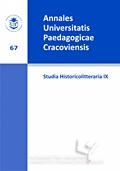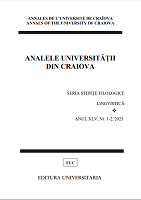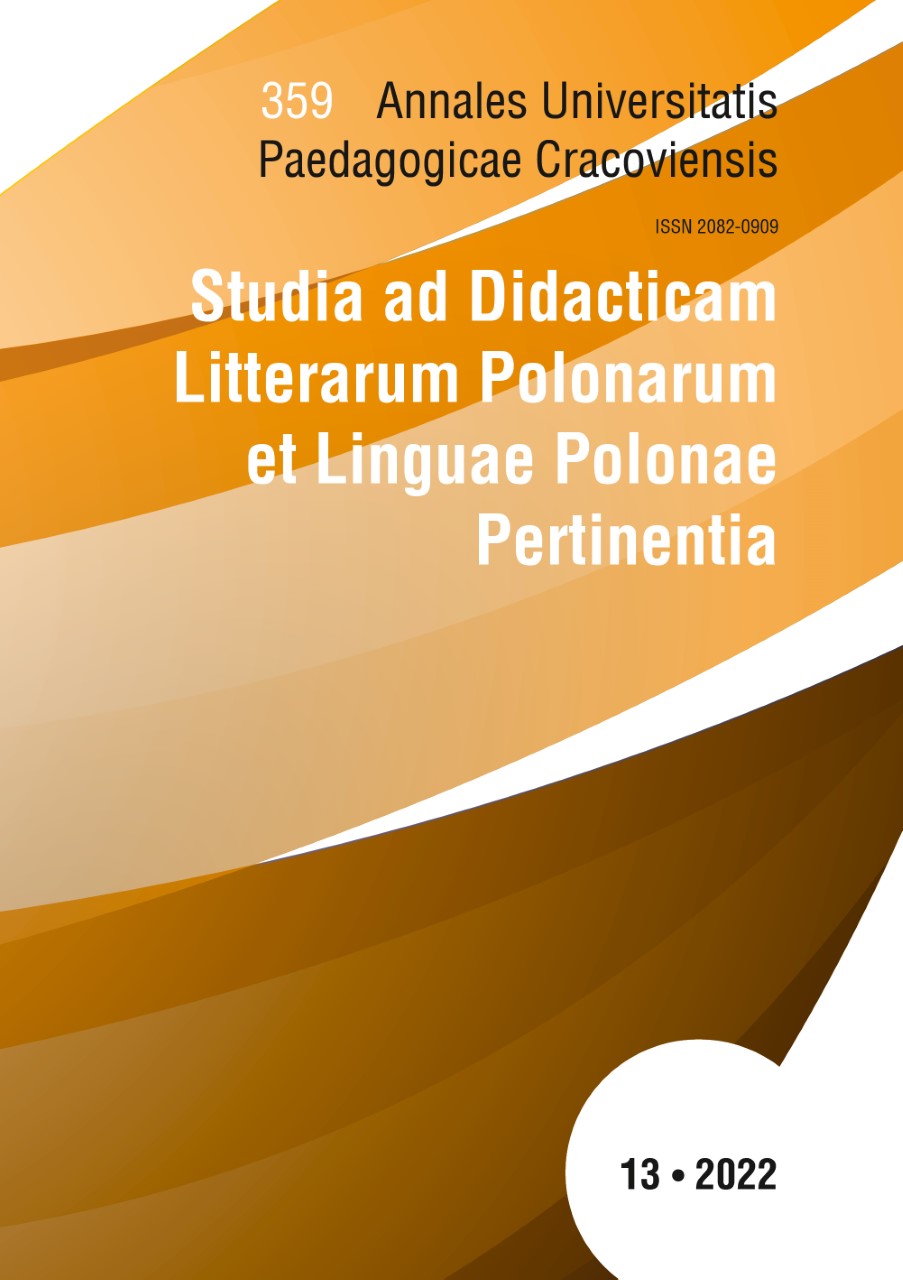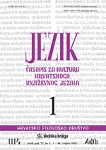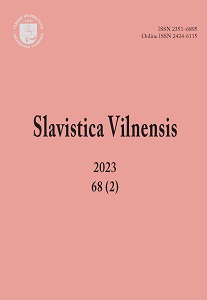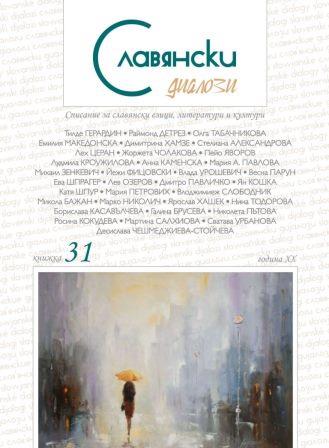Author(s): Maria Bidovec / Language(s): Italian
Issue: 65/2022
The survey is focused on the presence of essays regarding Slovene culture and language in the Italian journal “Ricerche slavistiche”, during its full seventy years of history, from the beginning to the present time. More specifically, it will establish the amount, typology and continuity of those contributions, trying at the same time to determine how their presence unfolded and developed. Although basically a descriptive survey, an attempt to evaluate the meaning of their presence in the journal will also be made. There were forty Slovene-focused essays published in the journal, unevenly distributed over the time period considered: just a dozen in the first fifty years, whereas in the last twenty years (from 2003 on) there is a very sharp increase in number,entirely due, we must say, to the publication of two special issues, both covering the proceedings of two conferences on Slovene Studies. On the other hand, data clearly shows that the scientific value is constantly high and the typological range constantly wide, throughout the seventy years of life of the journal. From the very beginning, in fact, we find names of prominent scholars, together with younger ones that will become well-known in due time. In both cases, they published interesting and groundbreaking work. In the survey, in the case of people (and research) more distant in time, we provided a detailed context, investigating their relationships, even the personal ones, with Slovene scholars in Italian universities (such as Rome, Padua, Naples and, obviously, Trieste), or viceversa. Instead, in the case of colleagues closer to us in time, we thought it more useful to describe – although in a cursory and rather sketchy way – the content of their research. To summarize, we can say that the oldest Italian journal of Slavic Studies seems to mirror the familiar state of affairs of Slovene Studies in Italy: although scarce in quantity, especially in the first five decades, and somewhat discontinuous, nonetheless the value is good or even excellent, thanks to scholars working either in Slovenia and in Italy, or even in both countries.
More...
